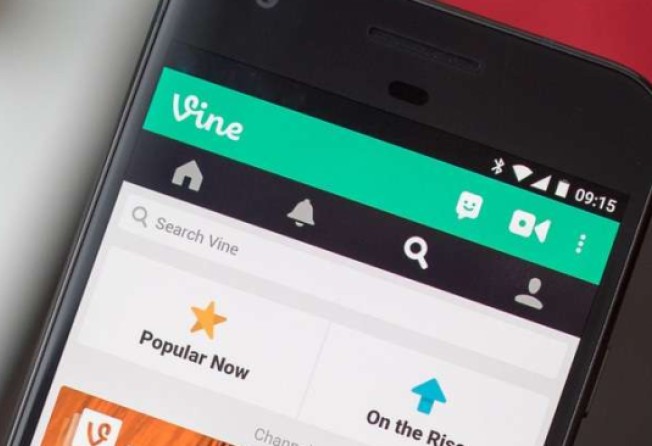End of the line for Vine: how its audience fled, along with the video stars it created

Jerome Jarre hasn’t posted on Vine in more than a year.
The 26-year-old goofy Frenchman once ruled the six-second looping video platform, where he drew in millions of viewers with clips of him walking up to unsuspecting strangers and saying, “I love you.” But by 2014, he was already doing similar videos on Snapchat, where teens were beginning to spend hours sending each other selfies.
Jarre noticed that Vine, which once had a thriving following, was starting to fade. “We all know the app had been deserted by the audience a long time ago,” Jarre wrote in an e-mail. “The true friends are not those platforms we use. They are the people that follow the journey and enjoy what we create.”
Jarre and other Vine stars have seen for years what Twitter made official on Thursday: Vine is dead.
Four years after acquiring it, Twitter is shutting down the app, though it will keep its videos on the web. The announcement came a few hours after the company reported third-quarter earnings and said it would cut 9 percent of its staff. “To all the creators out there — thank you for taking a chance on this app back in the day,” Vine said in a statement.
But many of these creators had long since moved on to bigger—and better-paying—pursuits. Vine peaked in August 2014, when the app was used at least once a month by 3.64 per cent of all Android mobile users in the U.S., compared with just 0.66 per cent today, according to research firm 7Park Data.
So that made Thursday’s mourning an exercise in nostalgia for most, who looked back fondly on the early days of Vine when it was a video canvas ripe for experimentation. Rus Yusupov, a co-creator of Vine, was more regretful than nostalgic. “Don’t sell your company!” he on Thursday.
In 2013, when Twitter co-founder Jack Dorsey announced that the company was launching Vine, he said it brought “an entirely new art form to the world.” Dorsey had pushed Dick Costolo, Twitter’s chief executive officer at the time, to buy the startup before the app had even launched. He was right that its form was key: Vine’s six-second constraint led to a special breed of joke that got funnier the more times it looped.
The micro clips were just long enough for a punchline or two, and comedy reigned, as did the kind of teen antics that made parents scratch their heads. Vine’s video-splicing features also led to magic tricks and internet cultural mashups of a Shiba Inu dancing to Toto.
And just like on any social media platform, everyday content could take off unexpectedly. Eyebrows are “on fleek” because of Vine. A man said “OK” and launched a thousand remixes. “What are those?” is now a cheeky shoe insult. Rubber ducks moaned 190 million times.
In 2013 and 2014, Vine was hot. Notoriously hard-to-reach teens were spending time there, which meant brands were willing to pay to get their attention. Stars who had grown millions-strong Vine followings were able to start making money off their fame, creating videos that added product placements or marketing hashtags. But as teens started ditching Vine for newer video options on Instagram and Snapchat, advertisers and social media celebrities quickly followed. Without an audience, Vine had little left to offer the stars it helped create.